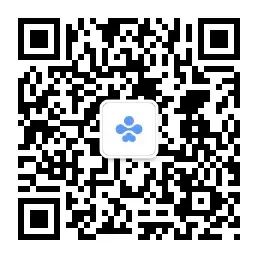Dialogue with Curriculum Developers:
How New Technologies Truly Enter Classrooms 2.0
Dialogue Guests:
Xie Zuoru, Teacher at Wenzhou Middle School, Zhejiang Province, Co-founder of the “Virtual Valley Project”;
Liu Zhengyun, Teacher at Nantong University Affiliated Middle School, Jiangsu Province, Core Member of the “Virtual Valley IoT” Project.
Challenges Faced
Solutions
Textbook Writing Ideas
Course Development Recommendations


Mushroom Cloud Creation
WeChat ID: mgystem
Scan to follow and learn more

Recommended Reading:
-
Special Topic: Driving Open Source Hardware with Python
-
01- Making the Choice of Open Source Hardware No Longer a Problem—The Origin and Planning of the Pinpong Library
-
A Unique Desktop Weather Station
-
[Event] #REMAKE Recreate# Maker Challenge
-
Mind+ Fun Programming Introductory Series Courses
-
The 4th National Youth Artificial Intelligence Innovation Challenge | Project Manual
-
Mushroom Cloud and Shanghai Normal University Sign Strategic Cooperation Framework Agreement, Working Together to Establish an Innovative Talent Cultivation Mechanism for Artificial Intelligence!
-
Just now, Mind+ supports micro:bit V2!
-
#Scientific Experiment Inquiry# Light and Heat Relationship Experiment Demonstration Device
-
[Final Selection List] ROBOMASTER TT Drone Programming Teaching Development Competition
-
The Relationship between Labor Education and Comprehensive Practical Activities Course
-
Mind+: A Domestic Youth Programming Software That Has Been Deeply Cultivated for 8 Years, Supporting AI and IoT Functions